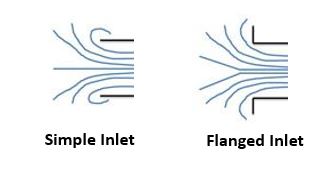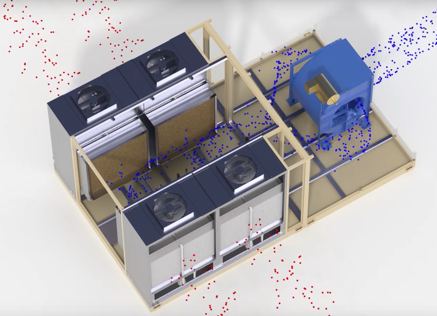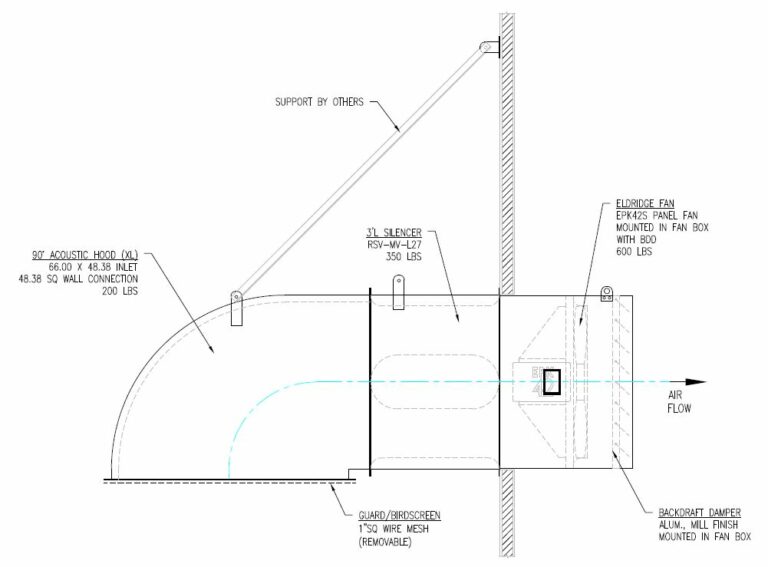Topics: Fan Engineering
Selecting the right filter to go with your silencer application requires understanding all of the options. There are trade-offs between cost, efficiency, durability, and size that really need to be thought through before selecting a filter-silencer or filter housing. In this week’s blog, I’ll go through the thought process that we use when we are …
Silencer Filter Selection Read More »
Industrial fans are selected on the basis of delivering a required volume of air against the system total static pressure. But what amount of static pressure should be added to the system total static pressure for the fan itself? In this week’s blog, I’ll discuss the three types of pressure losses, frictional, dynamic and component, …
Fan Pressure Losses Read More »
When the summer heat causes a dangerous increase in temperature inside a building, worker productivity goes down and injury risk goes up. Both problems can be mitigated by investing in a ventilation system upgrade. However, there is a certain order to improving a ventilation system where all of the components are working together to deliver …
Investing In A Ventilation System Upgrade Read More »
The summer heat is not too far off. Doing a springtime tune-up on your ventilation system will ensure that there is a successful environment in your facility where your employees are healthy, safe, and productive when the temperature heats up. Below are a few suggestions to make sure that your ventilation system is ready for …
Springtime Tune-up on Your Ventilation System Read More »
Centrifugal fans or blowers have a wide variety of process air applications. When selecting a centrifugal fan wheel for a particular application, here are three most common types to choose from: Forward Inclined Backward Inclined Radial In this week’s blog, I will discuss the characteristics of each type of wheel and the applications for …
Selecting a Centrifugal Fan Wheel Read More »
In the second part of this three part series, I discussed the fluid flow analysis software and the three step process that we use to build models. In the third and final part, I’ll go through an actual ventilation system design project that we modeled in the FFA software. Example Project The ventilation system that …
Using Fluid Flow Analysis Part 3: Example Project Read More »
In the first of this three part series, I discussed the differences between FFA and CFD software and why the FFA software is better for our analytical needs because we can input an entire fan curve. In part two, I’ll go over the three steps that we use in building ventilation system models in our …
Using Fluid Flow Analysis Part 2: Model Building Read More »
At Eldridge, we are in the business of solving the most difficult ventilation problems. To do that, sometimes we will use fluid flow analysis (FFA) software to solve for the flow, pressure and velocity of a complex ventilation system. Some customers will ask if we also use computational fluid dynamics (CFD) software. They are always …
Using Fluid Flow Analysis Part 1: FFA and CFD Software Read More »
In part 2 of this series, we used acoustic calculations to evaluate whether the combined noise from the interior of a building and a supply fan exceeded a given noise limit. In this third part, we will analyze the use of sound reduction techniques to bring the combined noise in under the noise limit. Sound …
Meeting Acoustic Requirements Part 3: Sound Reduction Techniques Read More »









